All entrepreneurs fail.
Let that sink in.
All entrepreneurs fail.
If you’re an entrepreneur, at some point you will fail. It’s inevitable. Whether that failure is large or small, there’s something to be gained.
Failure is often considered the other “F” word in the startup and entrepreneur sector, but it shouldn’t be.
Failure isn’t an all-out loss — you can use failure to your advantage.
Entrepreneurs aren’t the only ones to fail, either. Forty percent of all businesses will fail in the first three years they’re open. That’s a lot of failing businesses.
For entrepreneurs, the risk is even higher. Entrepreneurs intentionally begin their businesses to disrupt an industry. This raises their risk of falling on their faces.
Furthermore, the longer a business is around, the more likely it is to fail at some point.
The riskiest time period for a new business is the first 3-5 years, where you can see that there’s a sharp decline in the number of businesses.
Successful people fail. And no, that’s not an oxymoron.
Failure is an option
Failure is often viewed as an ending, but that doesn’t have to be the case. For most entrepreneurs and their businesses, failure is just the beginning.
If you find your business failing, it’s time to pivot and find a solution to the problem. Just know that failure is an option.
Maybe you need to start over from scratch. If so, that’s OK. My own first business failed, but I’m still standing (and then some).
Why? Because I examined the problems with my first business and made sure that what I learned informed my future decisions.
This is especially important for small businesses. One study conducted in Australia found that the size of a business correlated to its survival rate.
Failure is a stepping stone on the pathway to success. You pick up new pieces of information along the way that help you to avoid mistakes.
And businesses fail for lots of reasons. An NSBA study asked participants about the biggest obstacles they faced in terms of keeping their businesses afloat.
Nearly half of the respondents felt that economic uncertainty was at the top of the list.
However, you’ll also note that only 5 percent of respondents felt they faced no significant challenges.
If you’re struggling to stay on your feet, you’re clearly not alone.
But here’s the thing: You can’t control the economy. No one has a magic wand that can guarantee economic growth.
You can’t control regulatory boards, either, or the cost of health insurance benefits.
That’s why successful entrepreneurs focus on the things they can control.
If you can pivot from your existing direction and find a solution to the problem that’s causing your business to fail, your failure will quickly turn into a success and a lesson learned.
Accept failure
Failure is part of the process of starting a business and being an entrepreneur.
You might hear about lots of “overnight successes.” In most cases, these stories don’t reveal the missteps behind the eventual achievements.
For instance, researchers and doctors often invent thousands of failed vaccines before they finally make one that works.
Similarly, entrepreneurs sometimes start several businesses before they find a formula that results in profits.
Some business owners, on the other hand, are so scared of failure that they’re debilitated with fear. This fear stops them from acting, pivoting, creating, and founding.
If you find that you’re scared of failure, try to find acceptance.
As I said before, you’re not alone.
There are many reasons that startups fail. According to a poll conducted by CB Insights, business founders stated that their businesses most often failed because of a lack of market need.
In other words, businesses often go under because the founders neglected to conduct some basic market research. And you know how I feel about data-driven decisions.
If nearly half of businesses break down because there’s no need for the products or services they provide, there’s an easy way to reverse the trend.
Entrepreneurs can automatically learn from these failures and conduct the proper research before they ever launch their businesses.
It’s common sense, but many entrepreneurs are so in love with their ideas that they don’t consider the other side of the equation.
The second most common reason behind businesses that flop boils down to cold, hard cash. Almost 30 percent of business owners reported that their businesses never took off because they ran out of money.
Inadequate cash flow could trace back to lots of causes.
Maybe the business didn’t collect on accounts receivable aggressively enough.
Perhaps the business failed to leverage PPC ads correctly.
Whatever the case, there’s almost always a reason behind the reason. If you can accept failure and learn from it, you’ll know how to avoid making the same mistake twice.
Be honest
Let’s say that your business or a specific product doesn’t work out. In the startup world, you have to be honest with your team.
If your company is beginning to lose momentum, or if you’ve made some grievous error, own up to it.
Entrepreneurs often feel alone in building their business and alone in their failure. But you’re not. Your team and your partners are behind you whether you’re successful or falling apart.
The sooner that you can admit to them that there is a problem, the more likely they are to want to help you solve the problem and stick it out to make the business successful.
Lots of entrepreneurs and business owners feel uncertain about their future.
If you don’t admit to your failure, someone else will eventually point it out. If someone else has to point out your failure or mistake, it’s going to look a lot worse.
It’s much better to upfront and honest when you make an error or even if you run your business into the ground.
Of course, you also have to be honest with yourself.
Don’t lie to yourself that there isn’t a problem when you know that there is one. Catching a failure early can mean you’ve got plenty of time to turn it around.
The alternative means a big mess on your hands.
Answer questions
If you’ve failed in some way, it’s not only your skin in the game — it’s your team’s. After you’ve admitted to your failure, you can offer explanations, but not excuses.
If you own up to the failure and examine it publicly, you can learn more about what went wrong.
Furthermore, part of examining your failure is asking and answering questions. You should also feel comfortable answering any questions that your team might have.
Instead of hiding in your office, call a team meeting. Instead of pretending that you’re raking in the dough, show your team a profit-and-loss sheet.
Your honesty and willingness to answer questions will also build a stronger team mentality. From that point, you can rebuild.
Startup companies are naturally resilient in the face of failure as they’re lean and can easily change direction. This gives them some advantages over larger companies and the potential to even beat out the bigger competition.
Deal with your emotions
There’s a big difference between a reaction and a response.
A reaction is your emotional, knee-jerk response. A reaction usually exacerbates the problem.
This is because business is not emotional. The stock market doesn’t care whether or not you make money. Neither do consumers.
An emotional reaction leads to lack of movement and action.
A response, on the other hand, implies inertia.
For example, if you know that your leads aren’t converting, you can adjust your marketing funnel to bring in lost prospects.
Similarly, if you know that your products don’t resonate with consumers, you can go back to R&D.
By examining and dealing with your emotions, you’ll be more likely to have the ability to respond to a failure instead of reacting to it.
Dealing with your emotions doesn’t mean just checking them at the door. Failure can make entrepreneurs feel angry, sad, scared, and any number of other emotions.
Examine those emotions. Take some time to process what has happened and then come up with a plan on how to make positive changes.
Learn
It’s as simple as that: Learn from your failure. No matter the failure, there’s always some insight for you to glean from the experience.
A major part of turning failure to your advantage is learning how and why the failure happened.
Not learning from your failure opens the door to future failures. You might miss the mark often as an entrepreneur.
However, if you don’t seize the opportunity to grow and rebuild, you’ll miss out on all the great parts of running your own business.
Start from the drawing board. Come up with a new idea. Get excited about something that you’re passionate about.
Knowing that many new businesses fail keeps many people from starting their own companies.
Don’t let potential failure deter you from realizing your dreams. Instead, embrace an uncertain future and know that failure is a possible outcome.
Plan for the future
Part of learning from your failure is creating a plan for the future. Making the same mistake twice means that you didn’t learn from your error.
Almost 30 percent of businesses fail from a lack of funding. Many receive funding from outside sources, but 79 percent of small businesses with fewer than 5 employees also use their own savings — and that’s declining.
Your plan will shift and change as time passes, but not having a plan is a failure by itself.
For instance, I’m known for creating complex content marketing plans. I never launch a campaign unless I know exactly where I’m going.
Furthermore, I don’t create a plan without first diving into the data. What has worked for other companies? What has worked for me before?
When I know this information, I can not only create a plan, but I can also execute it. And I don’t have to rely on raw faith.
Planning for the future allows you to have extra capital, an exit plan, and a strong team that can anticipate potential problems and that maintains strong momentum.
Get motivated
Turn the anxious energy a failure creates into motivation.
Failure is just one step on a very long journey to entrepreneurial success. Use the failure to motivate you into making your business a success instead of scaring you into submission.
Failure coupled with fear can mean the end of your business. Failure coupled with motivation leads to success.
If you need to find your motivation during times of failure, just hear the voices of all the people who said you couldn’t do it. Then get back up and keep going.
Gain perspective
Similar to using failure to give you motivation, use your failure to gain perspective.
Failure means that you’ve done something. If you had never started a business, you couldn’t be failing at it. Use that perspective to approach your future goals and obstacles.
Your failure can show you where your weaknesses are.
Examine your failure to find out your business’s weak spots.
Have you struggled to generate brand awareness? Do your customers have trouble finding you online?
Once you’ve identified those weak spots, you can test new ideas. I’m a big fan of creating a hypothesis and testing it in real life.
If you’re not sure how to gain perspective on your failure, ask for help. Asking an outside source or mentor to examine your business when there is a failure can be helpful in gaining perspective.
Gaining perspective might not happen right away. Processing a failure, ridding yourself of your emotions, and finding your logical reasoning can take time.
Once you’re able to think logically, you’ll be able to gain the perspective that you need to turn your failed business idea around.
Discover the positive
So many of these tips lead right here: Find the positive.
Failure can be emotional, especially when your business is like your child. That type of failure can be debilitating for any entrepreneur.
Checking your emotions, examining your failure, and taking the time to gain perspective will help you to find the positive aspects of the problem.
Looking for the silver lining in a failure can help you to refocus your mind on the problem. Turning failure to your advantage is simple when you can see why that failure is positive or may actually benefit your business.
The silver lining will depend upon your failure. Your failure might help you to spot the weaknesses in your business and fix them. Your failure might help you to identify a team member who doesn’t fit the company.
When my first business failed, I paved the path toward success with Crazy Egg, Hello Bar, and other initiatives.
No matter the problem, look for something positive. If you stay stuck in the negative, you’ll never manage to move forward.
Don’t get burned out
Entrepreneurs sometimes feel like hamsters on those little plastic wheels. They keep running in circles, but they don’t get anywhere.
Don’t let your business’s failure burn you out.
Burnout is very common in the entrepreneurial world. Startups require long hours and full commitment from their founders. Working at these levels makes it easy to exhaust your resources.
Instead of continuing on the hamster wheel, pause for a moment and assess your direction. Repeating the same action over and over again won’t change the outcome.
When you’re stuck, try the exact opposite approach. Many entrepreneurs discover their best ideas when they reframe the issue and consider alternative paths.
A major stressor for many startups is funding. This is especially true because 73 percent entrepreneurial businesses start their business with funds from their own personal savings.
By using their own savings, these entrepreneurs are completely invested in their business. It often means that their family members are invested, too.
That’s a lot of pressure!
Such deep immersion in your business — both in time and money — makes it easy to burn out if you don’t look for the warning signs.
High stress levels, lack of sleep, and lack of clarity all indicate burnout.
You don’t want to lose momentum. You can rise above your failures instead of letting them take you down and ruin your business.
Fail big
Go big or go home. That’s the mantra for many an entrepreneur.
Myself included.
And that shouldn’t apply only to success. If you’re starting a new business, dream big and create something huge.
A major failure means that you had the potential for major success. If you’re going to fail, you might as well go big.
A big failure can be used to your advantage in the same way that a small failure would. You might just need more time to find the best way forward.
A large failure might mean the end of your current business, but it still doesn’t take you out of the game.
I’ve started lots of companies. Some of them are bigger successes than others. And like I mentioned before, I’ve failed plenty of times.
Does that mean I resign myself to a life of unrealized dreams? Of course not!
If you fail big, know that you tried big, too.
Learn about yourself
We can see our true selves when we fail. Just like failure shows the weaknesses in your business, it can also reveal aspects of your personality that you weren’t aware of.
One way to gain perspective on your failure is to take a step back and learn about yourself. Ask yourself these questions:
- How have I reacted to this failure?
- Did I react or respond to the failure?
- What does this failure mean to me and my business?
- How did my team interact and respond while handling this failure?
- What can I do better next time that I find myself in a similar situation?
These questions can help you to examine your failure and to learn more about yourself and how you respond to stressful situations.
One business stressor that can lead to a failure is an unexpected expense. A Gallup poll shows that 36 percent of small business owners faced several large, unexpected expenses.
The big one? Costs related to employees.
Unexpected costs can lead to failure for small businesses that are running on a limited budget. If that unexpected cost is related to other team members, that can create another failure: mistrust between colleagues.
Teams need to trust each other to thrive. This is why it’s so important for entrepreneurs to own their failures publicly and to lead by example.
Fail quickly
If you’re going to fail, do it quickly. Drawing out a downward slide won’t lessen the pain when you finally hit bottom.
Once you know that you’re failing, it’s time to respond aggressively. The quicker you can adjust your strategy, the faster you can bring about your next success.
Conclusion
All entrepreneurs fail. Myself included.
Successful entrepreneurs use that failure to their advantage.
Failure is not the end of the world. And without failure, there can’t be a success. If you never become an entrepreneur or start the business that you’ve been dreaming of, you’ll never fail.
But you’ll also never succeed.
And the most important part of using failure to your advantage as an entrepreneur is to learn from your mistakes. And from the mistakes of others.
Have you failed as an entrepreneur? What did you do about it?

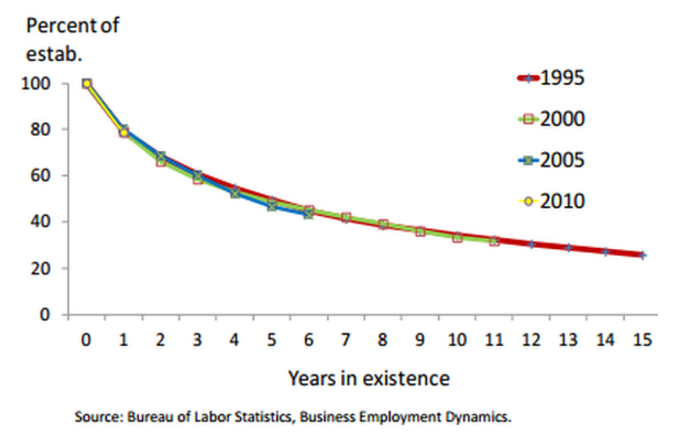

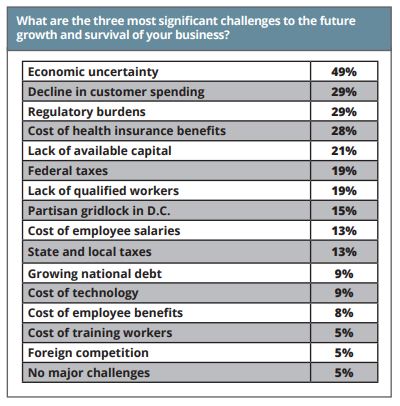
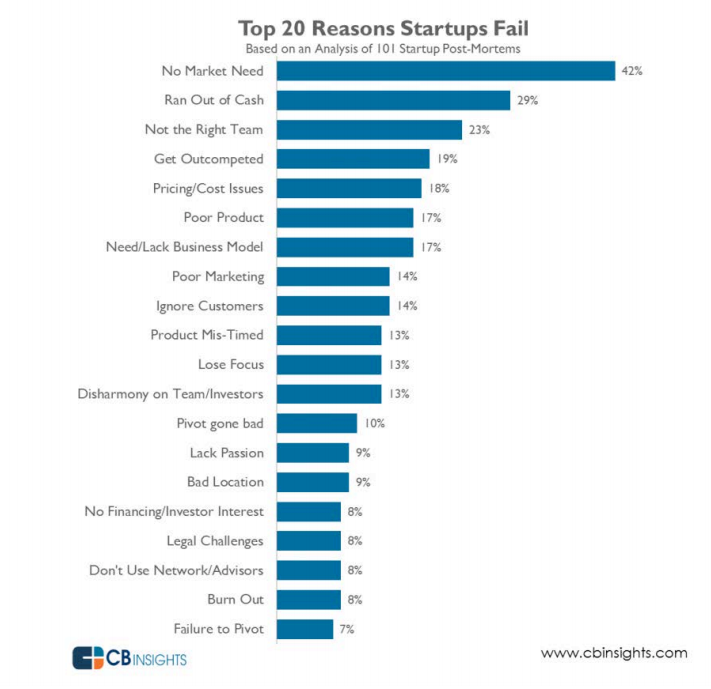
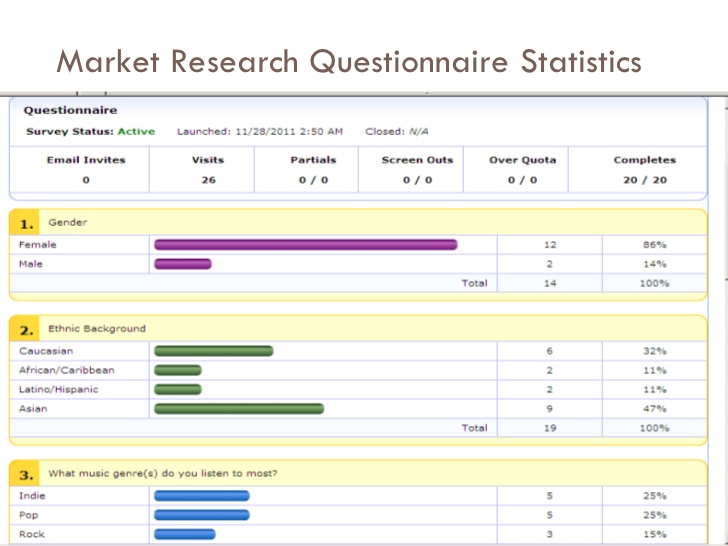
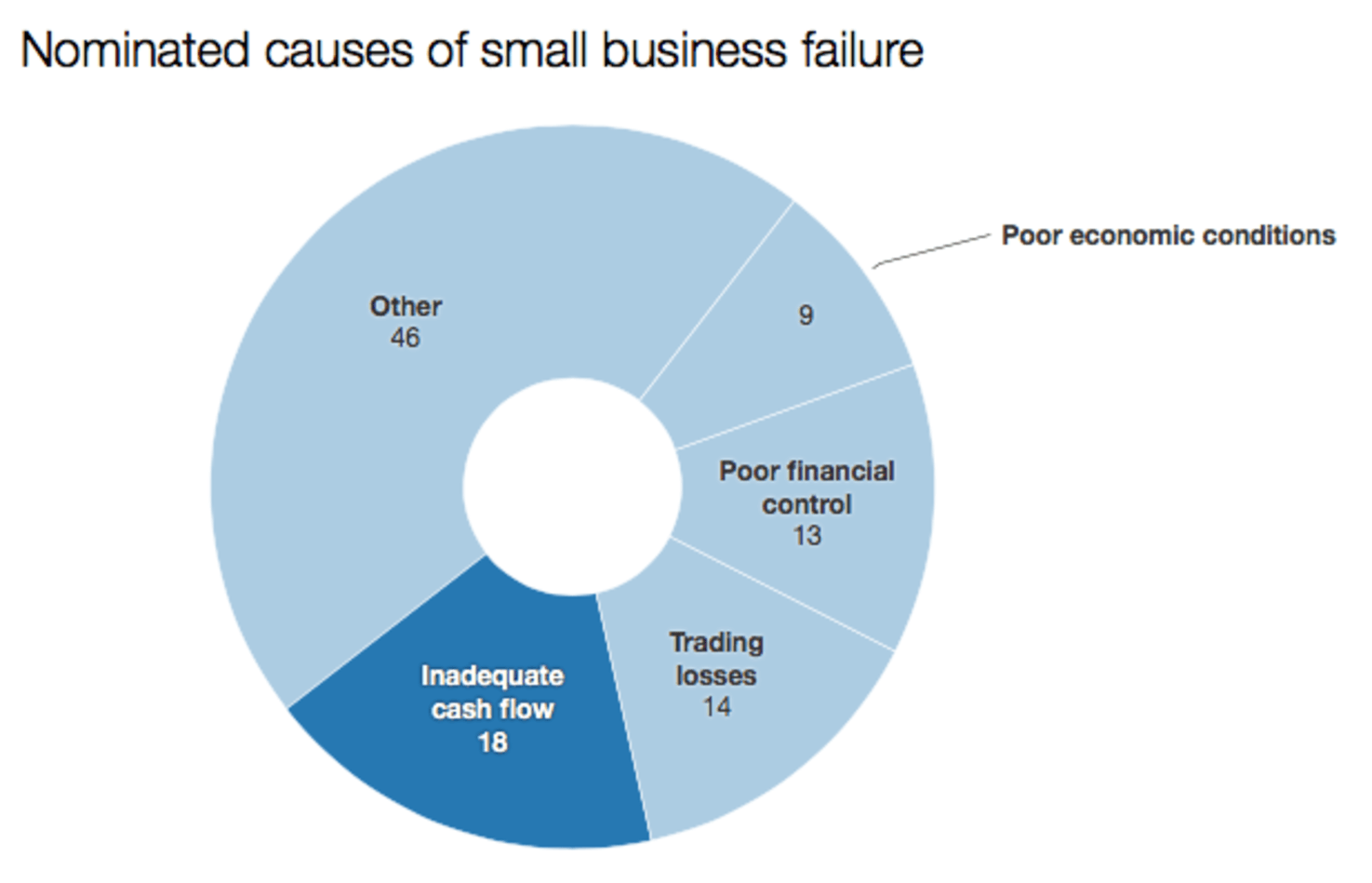


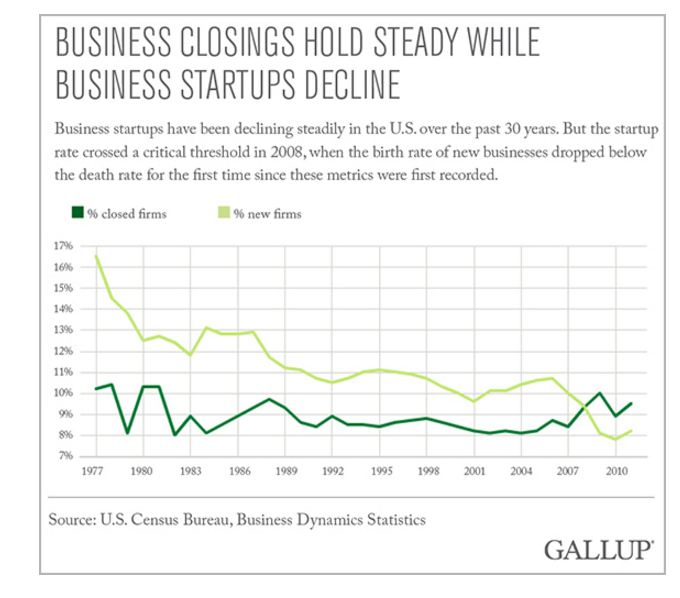


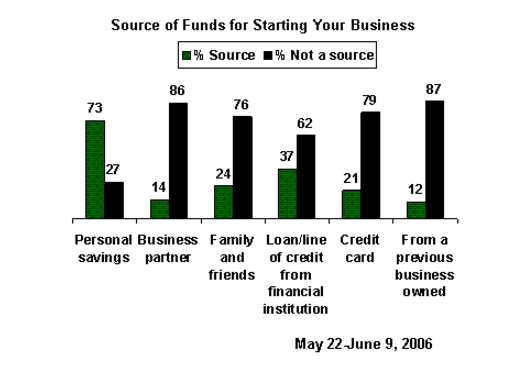
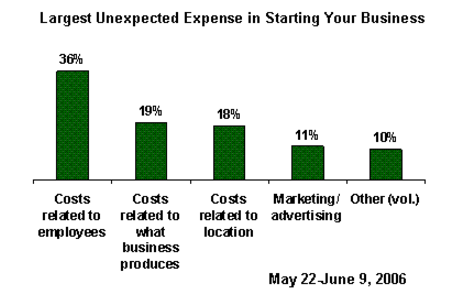
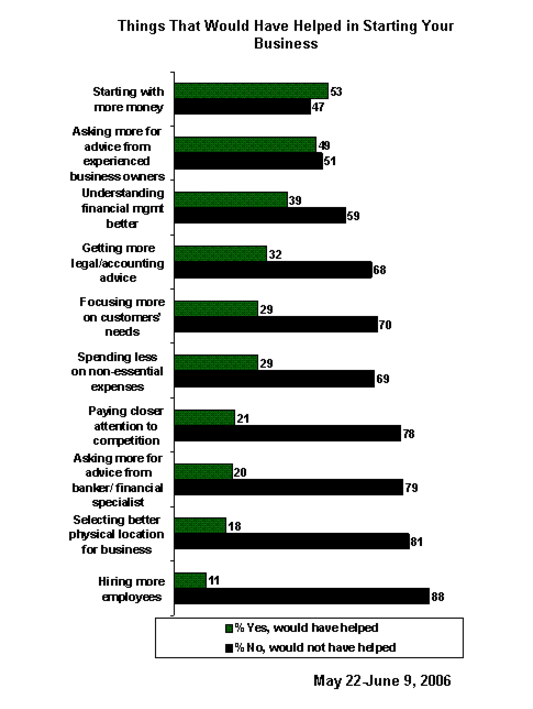
Comments (0)